Accessible Earth: Innovative Field Course Increases Options and Accessibility to Geoscience
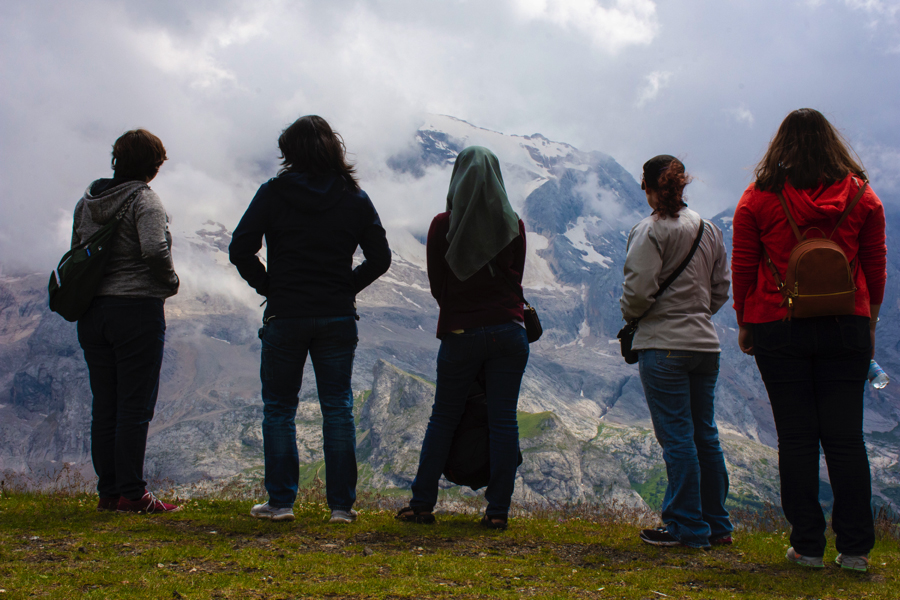
Students contemplate the Marmolada glacier, which still existed as of July 2018. (Photo/Angeline Carbajal) 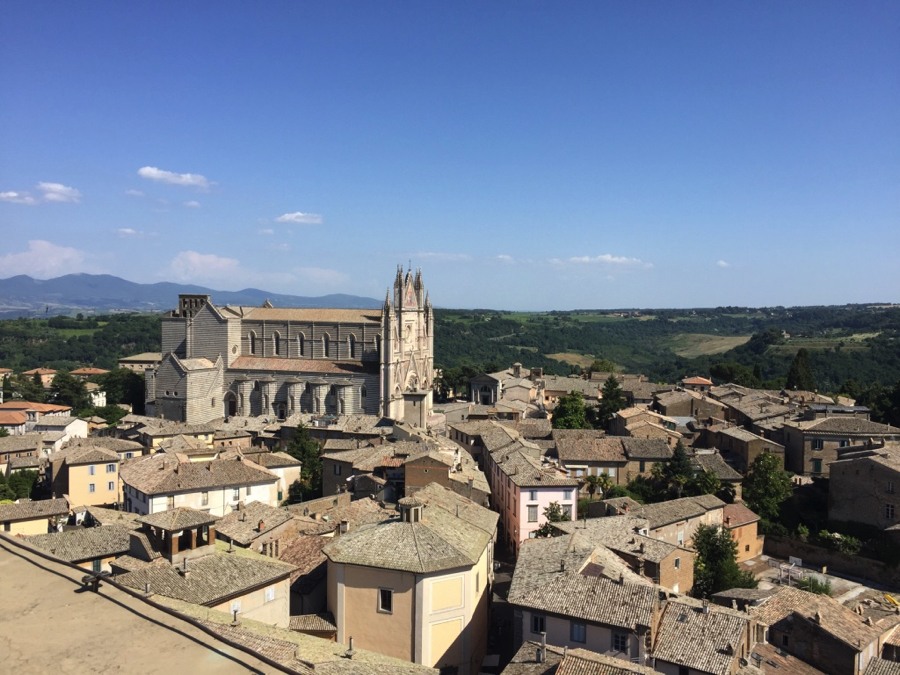
Orvieto, Italy, a home away from home. (Photo/Rick Bennett, University of Arizona) 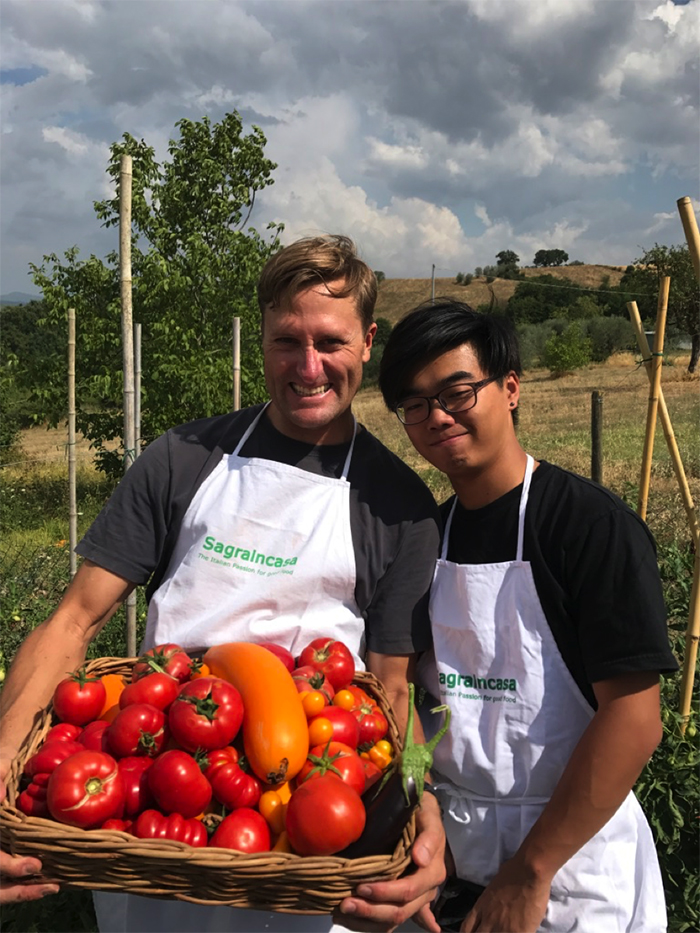
Accessible Earth students gather tomatoes from a country garden for homemade pasta sauce. (Photo/Rick Bennett, University of Arizona) 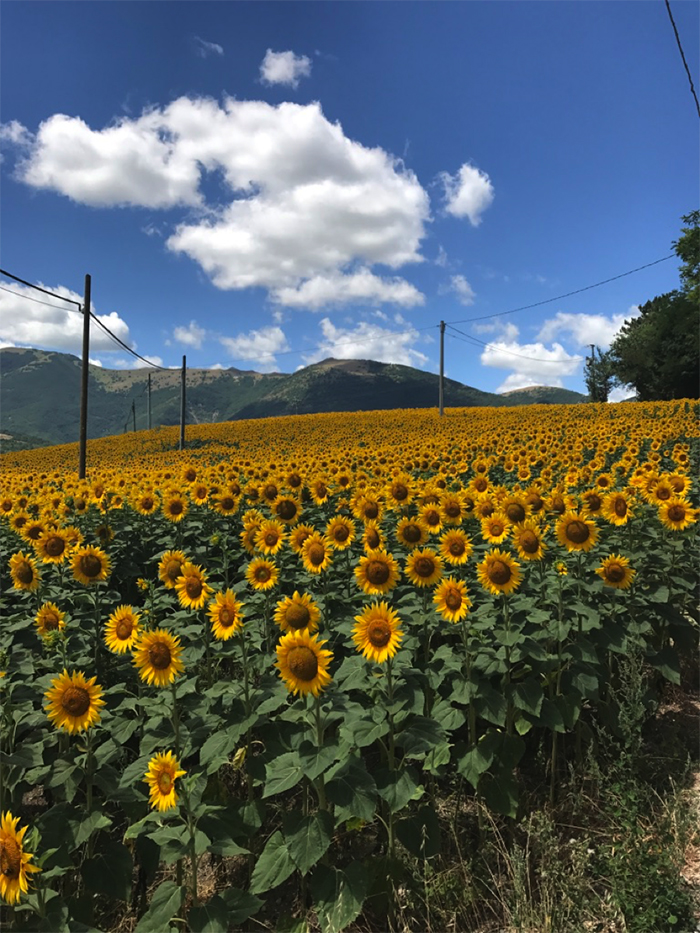
Sunflowers in the Umbrian countryside. (Photo/Rick Bennett, University of Arizona)
Overview
Current trends in US demographics, rising costs of higher education, and hurdles to entry and retention of first-generation students seriously threaten our ability to mitigate future workforce shortages across STEM fields, with geosciences among the least diverse and most at risk. At the same time, it is widely recognized that the geoscience curriculum must be modernized to better prepare the next generation to utilize geoscience data streams to maximally benefit society and ensure a sustainable future. Thus, it behooves us to recognize that much-needed innovation in the geoscience curriculum has great potential to simultaneously increase the inclusivity of geoscience degree programs (Bennett and Lamb, 2014).
With the goal of mitigating workforce shortages and expanding geoscience course options, we have created the Accessible Earth Study Abroad Program (AE) through the University of Arizona. This accessible five-week program is intended to satisfy the capstone research experience required of many geoscience degree programs. It is open to all geoscience students across the country and around the world. AE students earn 6 units of credit by conducting research using data from Earth observation satellite and ground based networks, including data obtained from the UNAVCO Archive. Throughout the program, students are exposed to various methods of Data Science and open source software tools for acquiring, analyzing, and interpreting Earth observation data sets. These include data transfer protocols, Bash and Python shell scripting, Generic Mapping Tools (GMT), Jupyter notebooks for interactive analysis and documentation, and other software.
Accessible Earth takes place in Orvieto, a small hilltop village in Umbria, Italy, and an exceptional location from which to reflect upon the history of science and gain an appreciation of the global scope of modern Earth observation systems. Since AE’s inception in 2016, 32 students have participated in this fully inclusive opportunity and the number of and diversity among AE students continues to grow.
Related Links
- Accessible Earth – GEOS 405
- Accessible Earth – Study Abroad
- Accessible Earth on Instagram
- “UA Creates Accessible, Study-Abroad Geosciences Course” – UANews
- “Students with Disabilities Not Just Welcome but Expected” – Eos
- “University of Arizona Creates First Accessible Study Abroad Course” – LivAbility Magazine
- Location: Orvieto, Italy (map)
This Community Highlight features the work of UNAVCO community members’ efforts to increase access to, use of, and innovation within geodesy. If there is an effort you would like to see highlighted here, please get in touch with us at community![]() unavco.org.
unavco.org.
Written by:
- Rick Bennett and Diedre Lamb, University of Arizona
- Posted: 28 February 2019
- Last updated: 4 June 2021
- Tags: accessibility, project highlights

